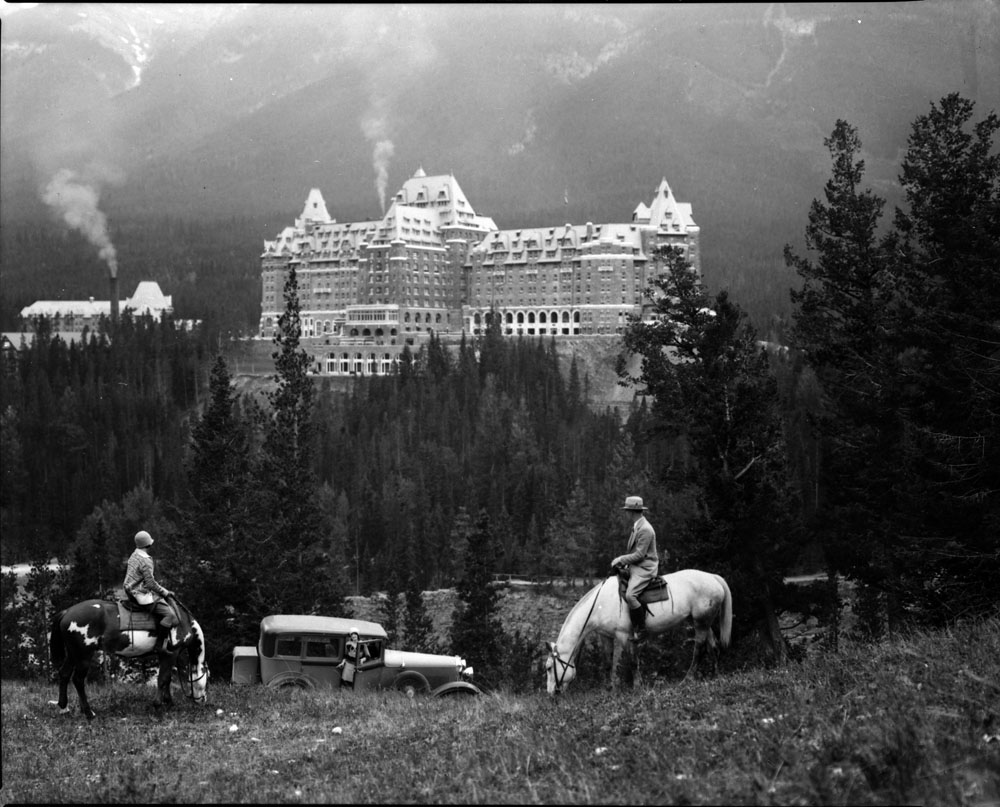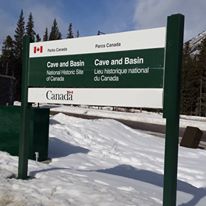Banff National Park
Exploring Banff National Park: A Historical and Recreational Overview
Canada is celebrating 150 years by providing free entry to all national parks across the country. There’s no better time to explore Canada’s nature. Here’s a short overview on one of the most popular national parks.
In 1885 Prime Minister Sir John A. Macdonald set aside an area of 26 km2 in order to protect the natural hot springs that had been found. It was named the Banff Hot Springs Reserve. This park was expanded to encompass 674 km2 in 1887 and was renamed as Rocky Mountains Park with the passing of the Rocky Mountain Park Act. This became Canada’s first national park.
The creation of the national park sparked an interest in tourism in the area as well. The Canadian Pacific Railway whose railroads passed through the Rockies built the Banff Springs Hotel and Lake Louise Chalet to encourage visitors. In 1902 the park was massively expanded to include 11400 km2 but reduced to 4663 km2 in 1911 due to pressure from the ranching and logging industries. The boundaries of the park continued to change until 1930 when it was fixed at 6697 km2 and renamed as Banff National Park with the passing of the National Parks Act.
Throughout this early period people of the Stoney Nakoda Nation were forcibly removed from the area. Given the name “Stoney” by explorers after witnessing their cooking methods the Stoney Nakoda Nation had inhabited the eastern slopes of the Rocky Mountains until the signing of Treaty 7 in 1877. The removal of these peoples from the national park furthered the interests of tourism and hunting as well as assimilation. The Stoney Nakoda Nation was officially welcomed back in November 2010 with the signing of a Memorandum of Understanding. Click here to read more about the Stoney Nakoda Nation.
Another darker period in the park’s history was the internment that took place throughout the years of the First World War. An internment camp was set up in July 1915 and 660 individuals of Austrian Hungarian German and Ukrainian descent were sent there to work. The internees spent their summers working at Castle Mountain and the winters at Cave and Basin. The camps would reappear during the Second World War though this time they were located at Lake Louise Stoney Creek and Healy Creek and held German Japanese Italian Jewish and Mennonite groups. You can learn more about the internment camps here .
Photo from National Archives – MIKAN3387169 Banff Spring Hotel Oct 1929
It was during the 1930s that the foundations of the infrastructure present today were laid thanks to the public work projects sponsored by the government to help alleviate the effects of the Great Depression. The Unemployment and Farm Relief Act and Public Works Construction Act brought workers from all over the country to construct new facilities and roads in the park. The park’s first downhill ski resort Sunshine Village was also developed during this time as was Mount Norquay.
Banff National Park was now easily connected to the outside world via rail and road. By 1949 the park would reach its final size of 6641 km2 and the completion of the Trans-Canada Highway brought additional tourist traffic. The park became attractive to visit in both winter and summer seasons. In 1984 Banff was declared a UNESCO World Heritage Site and the park was part of UNESCO’s Canadian Rocky Mountain Parks World Heritage Site for the area’s impressive mountain landscape. With this honour came greater obligations for conservation.
Conservation had not been the highest priority during the park’s formative years. Mining logging and ranching had taken place and contributed to the politics of the park’s boundaries and damaged the local environment. Hunting population control the introduction of non-native species fire suppression and development damaged the ecosystem and even caused some animals to go extinct.
It was not until 1979 that Parks Canada emphasised conservation and not until 1988 was the National Parks Act amended to make ecological integrity the first priority.
Today the park is a popular tourist destination year round. You can ride the Banff Gondola for stunning views of the area. Explore Cave and Basin National Historic Site the birthplace of the park or visit one of the local museums to learn more about the local history. Wander down Banff Avenue for food and shopping or go admire the architecture of buildings such as the Fairmont Chateau Lake Louise and the Parks Administration Building. You can find more activities here .
Of course the park’s best value for tourists is an incredible nature available to explore. Hiking rock climbing canoeing kayaking biking horseback riding and camping are popular activities in the warmer months. In winter many people frequent the three ski resorts in the park: Sunshine Village Lake Louise and Norquay. Cross-country skiing and snowshoeing are also popular. You can also book tours for white water rafting hiking dog-sledding and more .
Many people hope to see one of the 56 recorded mammal species in the park including grizzly and black bears cougars lynx timber wolves river otters beavers moose deer elk mountain goats and bighorn sheep. There are also many bird species including eagles hawks and osprey. While some of these animals are commonly seen by visitors others remain much more elusive. It always exciting to see one of these animals in their wild habitat but remember to treat them with the respect they deserve. They are wild and some can harm you. Learn more about animal safety with this guide .
While normally you must purchase a park pass to explore Banff National Park in celebration of Canada’s 150th birthday it is free to enter. There are 14 campgrounds all offering something slightly different. You can reserve some sites but others are assigned on a first-come first-served basis. Check in is generally between 3 – 8 pm and check out is 11 am. Remember that you’ll need a camping permit and fire permit and if you use any backcountry facilities you will need a wilderness pass (for more info check out this website ). If camping isn’t your thing there are lots of alternatives in Banff National Park. Stay at a world class hotel or in a cabin or even in a hostel. There’s something to fit almost any budget.
No matter how long you’re staying or what you’re doing while you travel Alberta be sure to enjoy Canada’s first national park!


